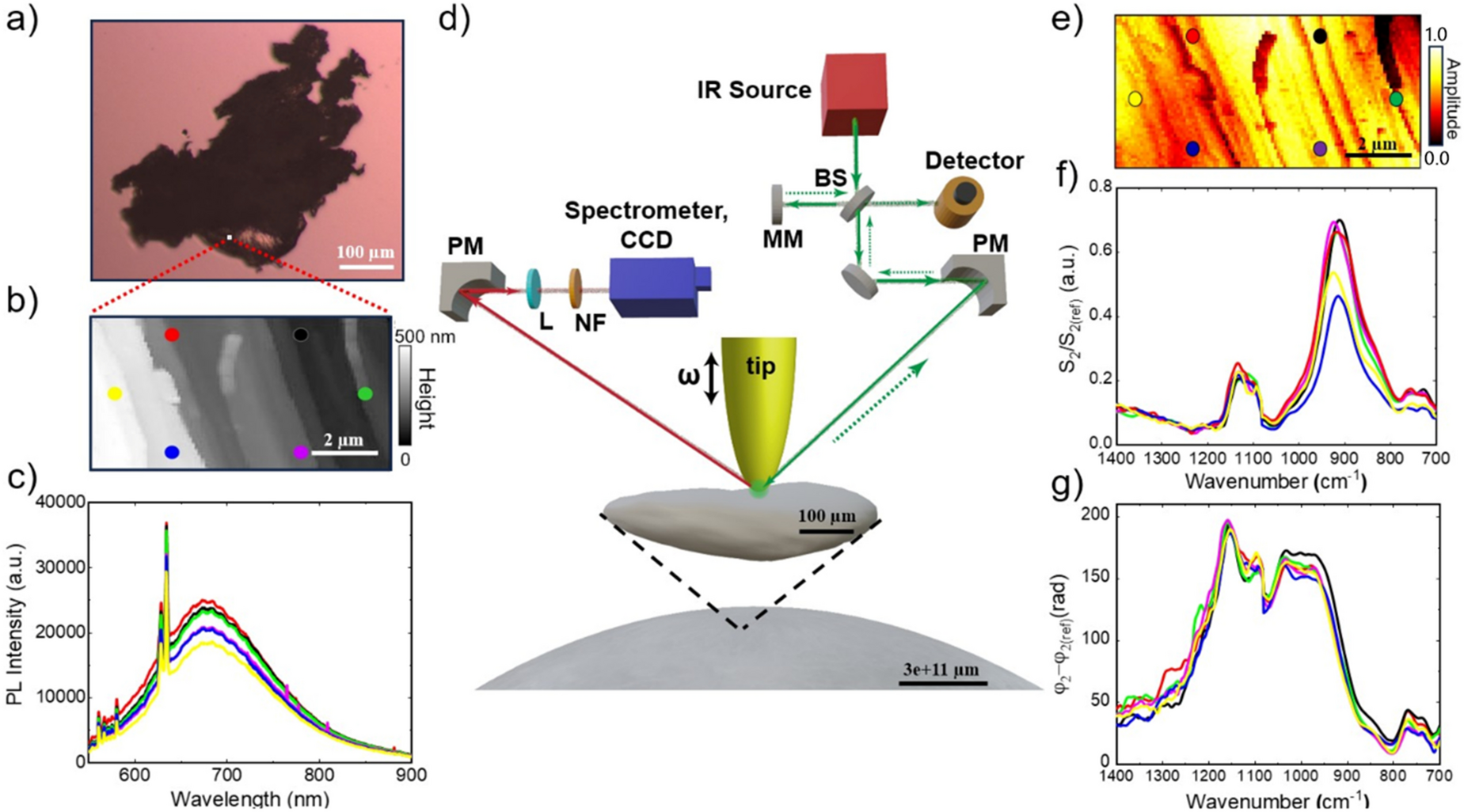2025-03-04 オークリッジ国立研究所 (ORNL)
<関連情報>
- https://www.ornl.gov/news/single-qubit-sensing-puts-new-spin-quantum-materials-discovery
- https://pubs.acs.org/doi/10.1021/acs.nanolett.4c05401
高キュリー温度強磁性体におけるナノスケール磁気秩序ダイナミクス Nanoscale Magnetic Ordering Dynamics in a High Curie Temperature Ferromagnet
Yueh-Chun Wu,Gábor B. Halász,Joshua T. Damron,Zheng Gai,Huan Zhao,Yuxin Sun,Karin A. Dahmen,Changhee Sohn,Erica W. Carlson,Chengyun Hua,Shan Lin,Jeongkeun Song,Ho Nyung Lee,and Benjamin J. Lawrie
Nano Letters Published January 13, 2025
DOI:https://doi.org/10.1021/acs.nanolett.4c05401
Abstract

Thermally driven transitions between ferromagnetic and paramagnetic phases are characterized by critical behavior with divergent susceptibilities, long-range correlations, and spin dynamics that can span kHz to GHz scales as the material approaches the critical temperature Tc, but it has proven technically challenging to probe the relevant length and time scales with most conventional measurement techniques. In this study, we employ scanning nitrogen-vacancy center based magnetometry and relaxometry to reveal the critical behavior of a high-Tc ferromagnetic oxide near its Curie temperature. Cluster analysis of the measured temperature-dependent nanoscale magnetic textures points to a 3D universality class with a correlation length that diverges near Tc. Meanwhile, the temperature-dependent spin dynamics, measured through all optical relaxometry suggest that the phase transition is in the XY universality class. Our results capture both static and dynamic aspects of critical behavior, providing insights into universal properties that govern phase transitions in magnetic materials.



